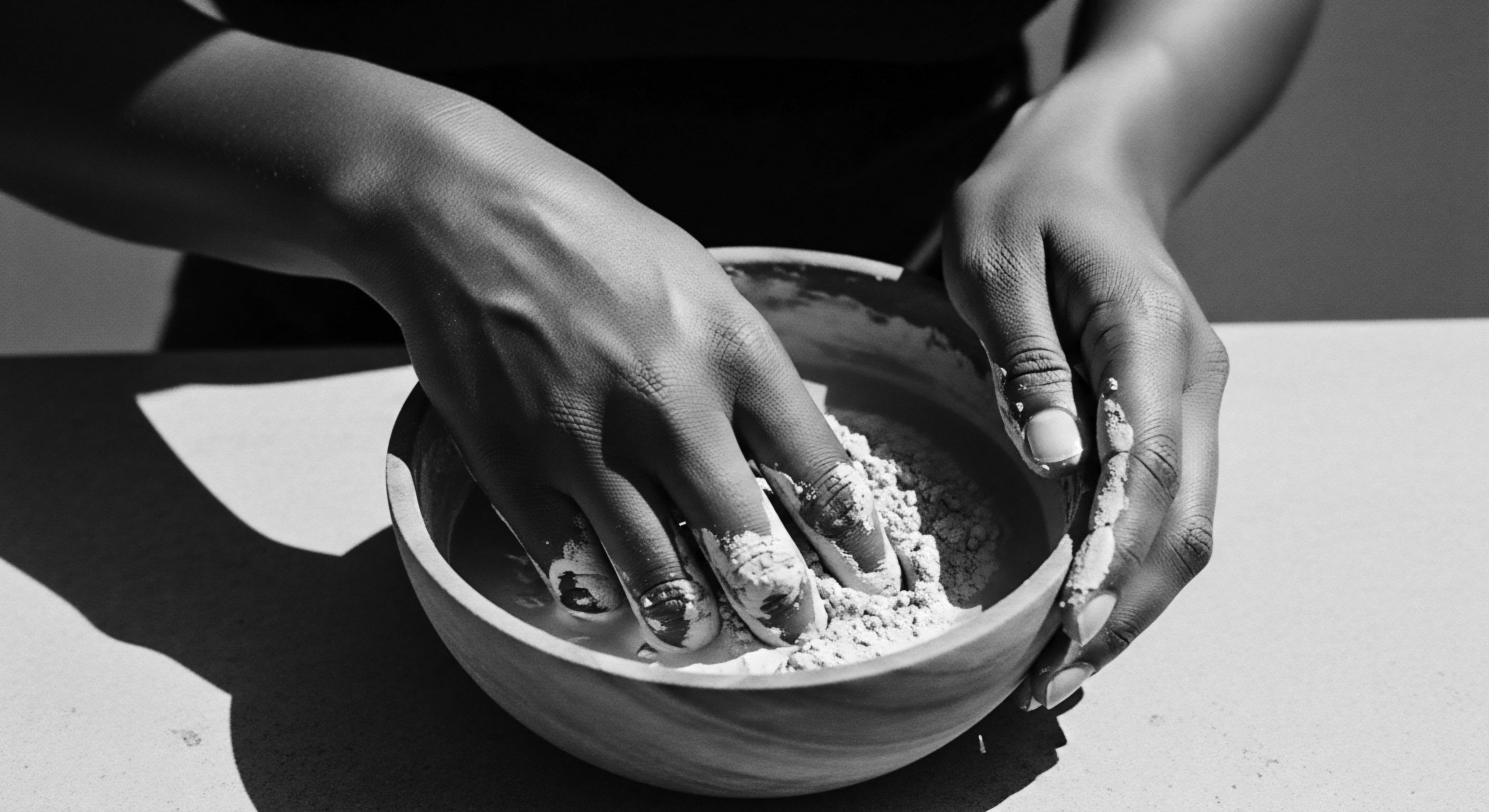
Can traditional ingredients complement silk proteins in textured hair care?
Traditional ingredients can effectively complement silk proteins, building upon ancestral wisdom to strengthen and maintain textured hair health.
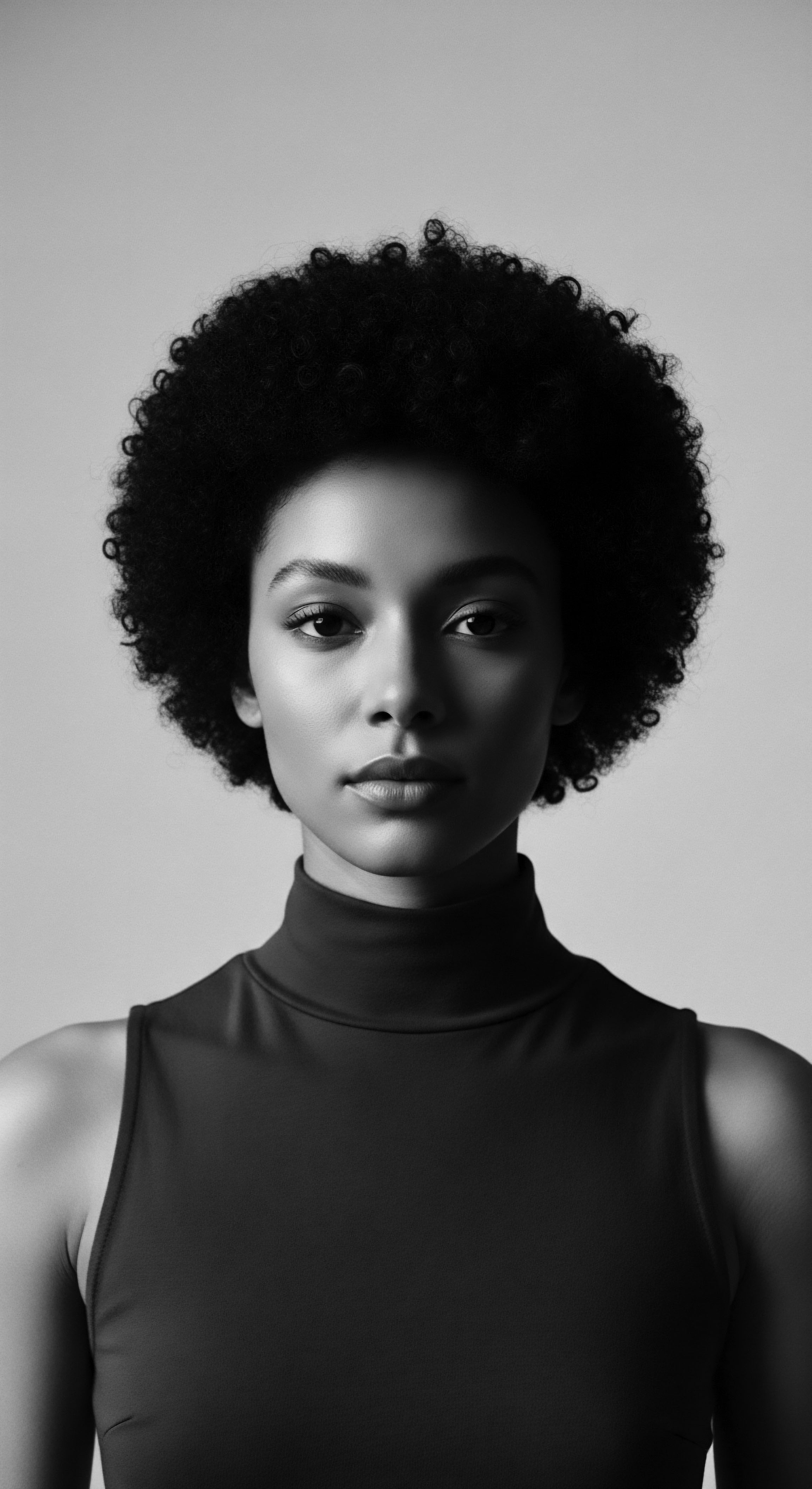
Can silk proteins genuinely repair and strengthen textured hair strands?
Silk proteins can genuinely repair and strengthen textured hair by reinforcing its keratin structure, a testament to ancestral care wisdom.

Why do silk proteins benefit textured hair’s natural moisture balance?
Silk proteins help textured hair retain moisture by forming a protective film and strengthening its natural structure, echoing ancestral care goals.

How do silk proteins assist textured hair’s natural moisture balance?
Silk proteins help textured hair balance moisture by strengthening its natural protein structure and sealing its outer cuticle, mirroring ancestral protective care.
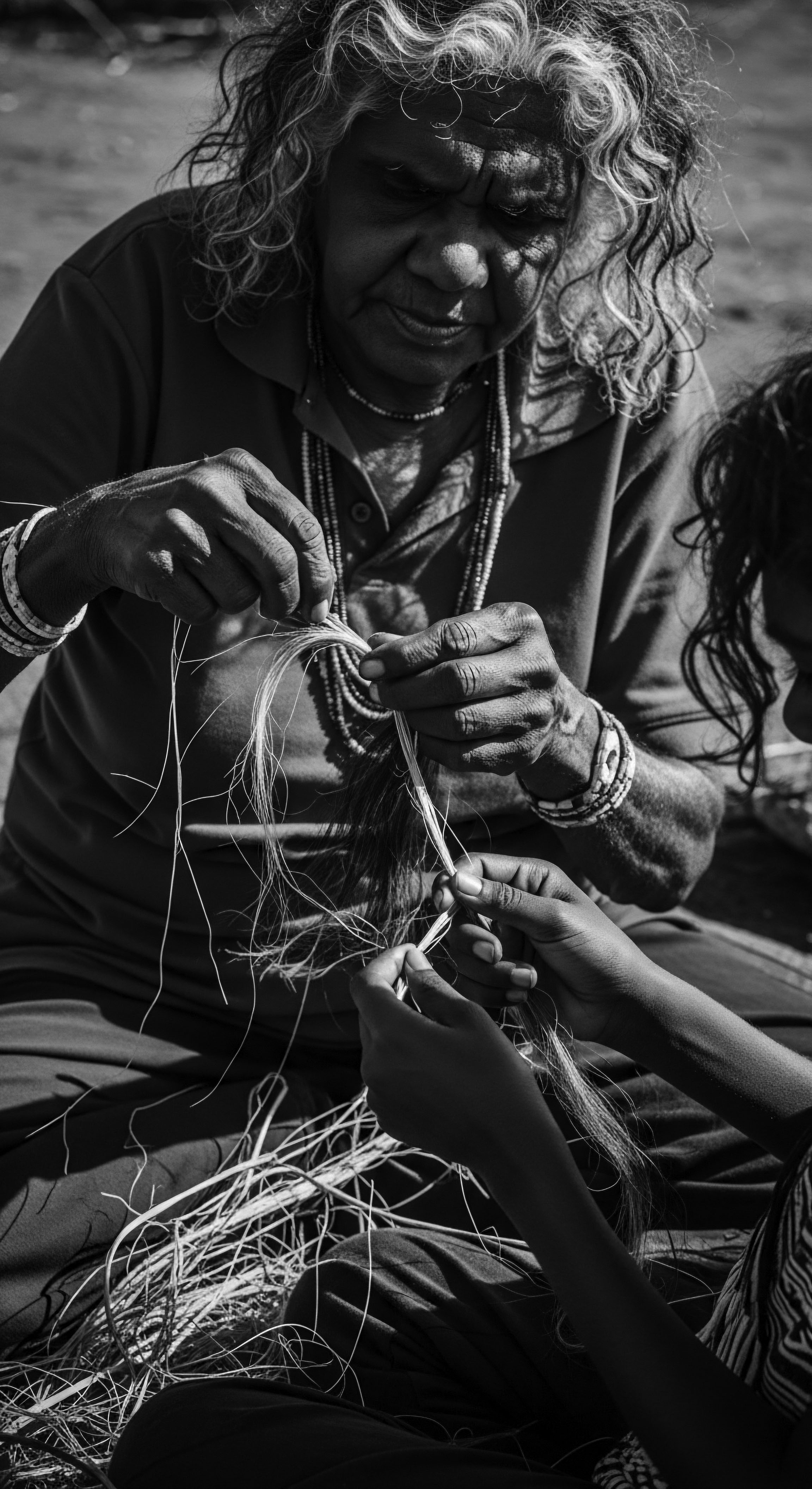
Can silk proteins benefit dry, fragile textured hair?
Silk proteins aid dry, fragile textured hair by providing strength and deep moisture, reflecting ancestral care principles for resilient strands.

Sericin Benefits
Meaning ❉ Sericin Benefits refer to the hydrating and protective properties of the silk protein for hair, deeply rooted in historical Black and mixed-race hair care.

Insect-Derived Hair Care
Meaning ❉ Insect-Derived Hair Care encompasses the traditional and scientific utilization of substances from insects or their labors to nourish and protect textured hair.
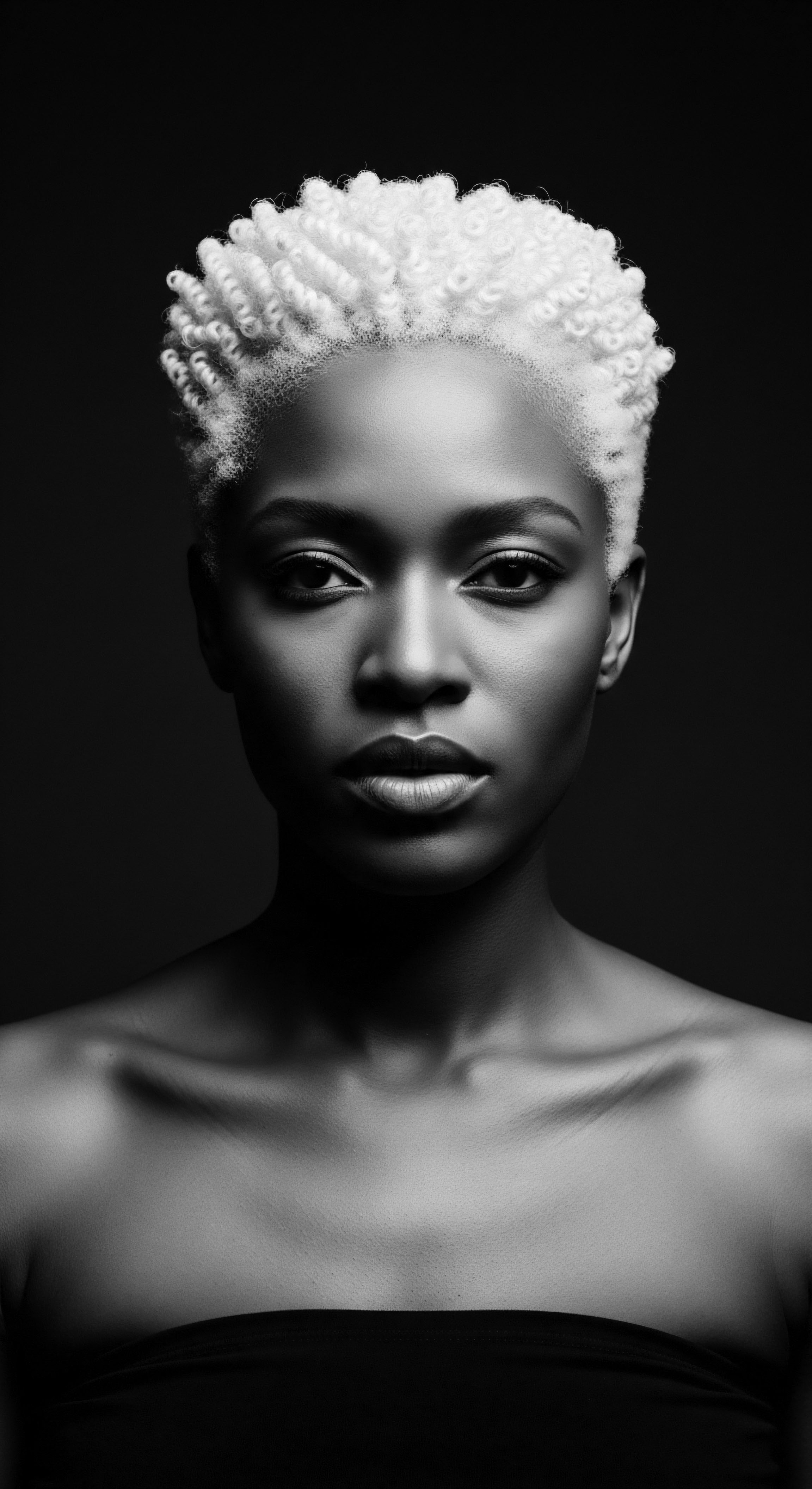
How do silk proteins benefit the unique structure of textured hair?
Silk proteins strengthen textured hair by binding to keratin, improving elasticity, and forming a protective barrier, a modern echo of ancestral fortifying practices.
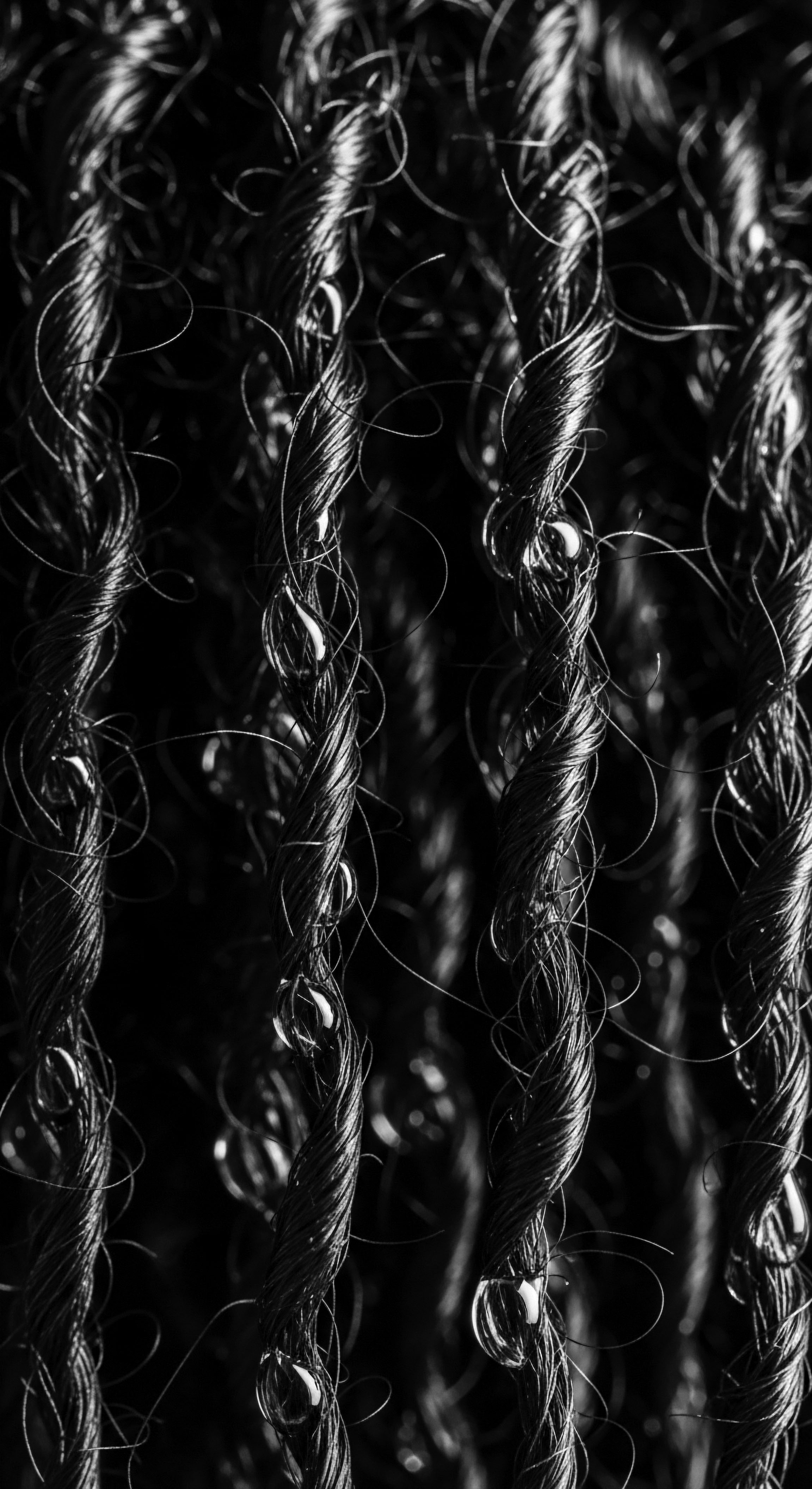
Can silk proteins aid moisture retention in textured hair?
Silk proteins aid moisture preservation in textured hair by forming a protective film and binding water, echoing ancestral practices of hair protection.

How do silk proteins enhance textured hair’s resilience?
Silk proteins enhance textured hair's resilience by boosting moisture, reducing breakage, and mirroring ancestral protective practices.
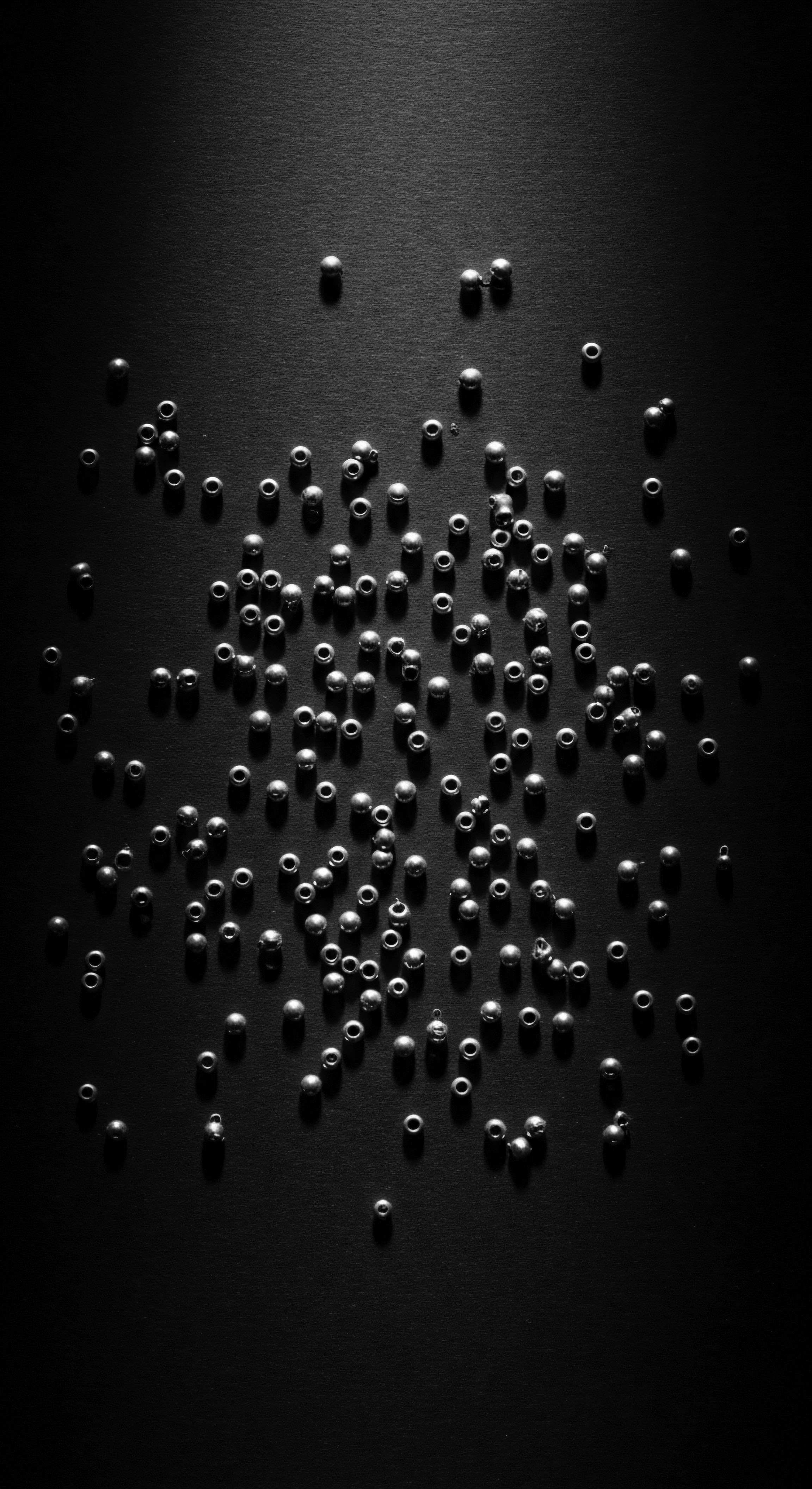
What scientific properties of silk aid textured hair preservation?
Silk's smooth surface and low absorbency reduce friction and retain moisture, honoring ancestral textured hair preservation practices.
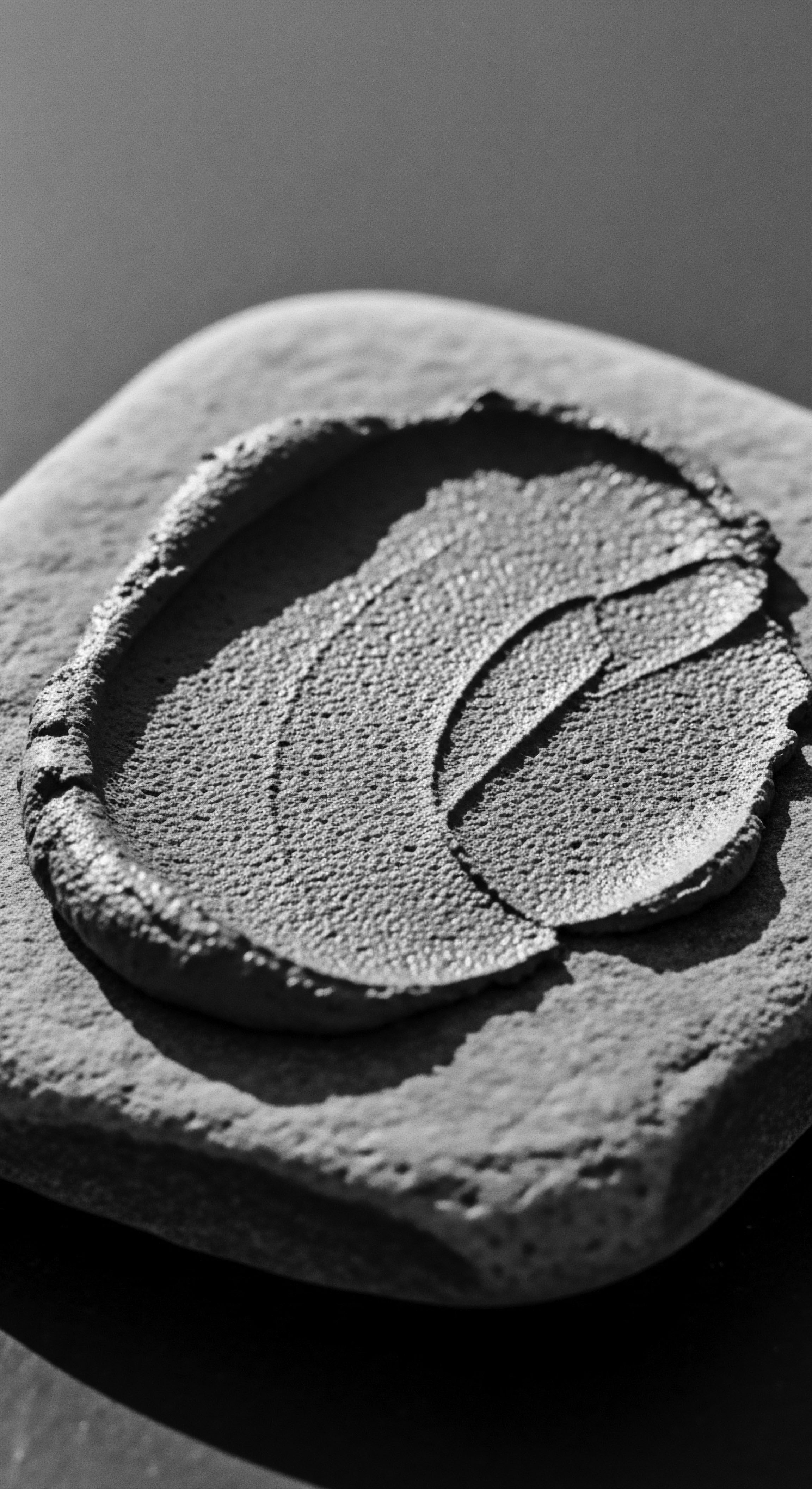
How do silk proteins specifically benefit textured hair?
Silk proteins fortify textured hair by strengthening its inner structure and smoothing its surface, honoring a heritage of seeking resilient strands.
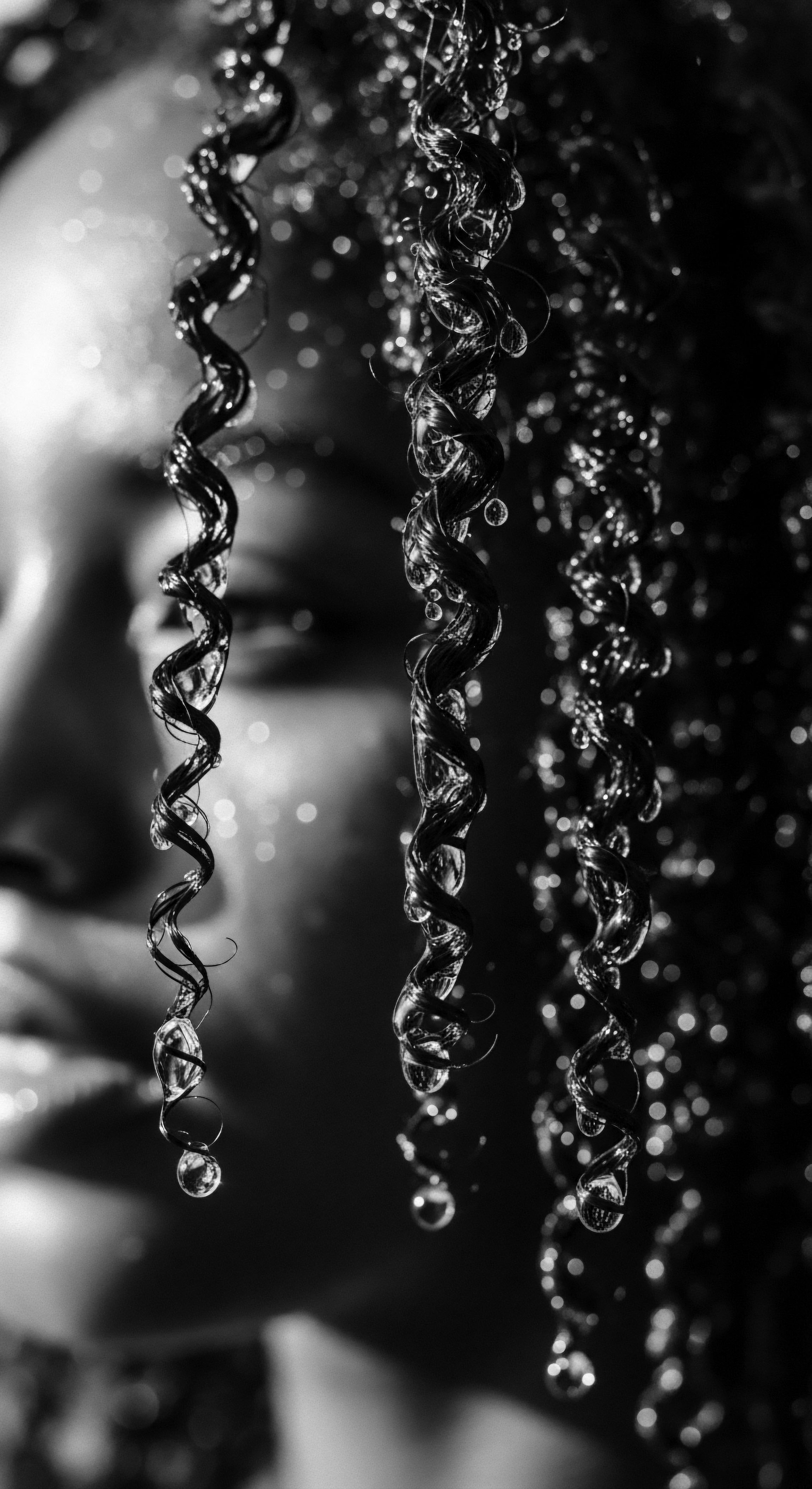
How do silk proteins interact with textured hair to retain hydration?
Silk proteins bind to textured hair's keratin, smoothing cuticles and forming a film to slow water loss, echoing ancestral moisture-sealing practices.
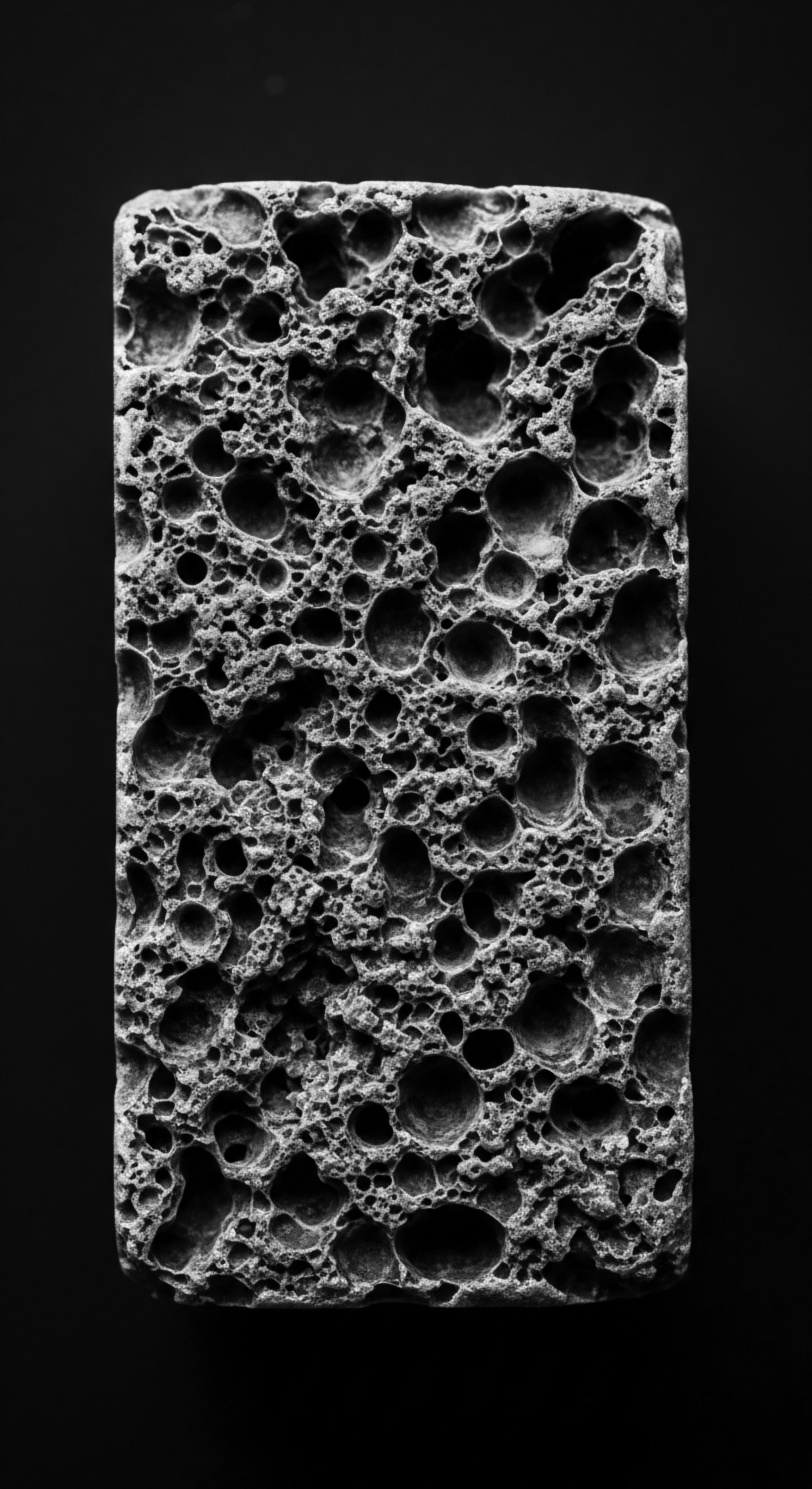
Silk Proteins
Meaning ❉ Silk Proteins are natural protein fragments derived from silk, offering profound moisture, strength, and protection for textured hair, echoing ancestral care traditions.

Silk Benefits
Meaning ❉ Silk Benefits refer to the advantageous properties of silk for hair, rooted in its smooth texture and protein composition, enhancing moisture and reducing friction, echoing ancestral care traditions.

